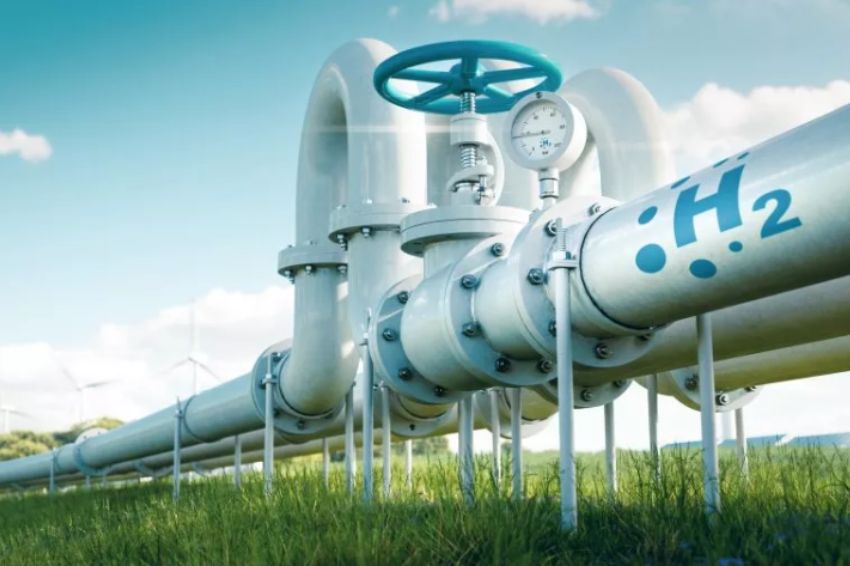The energy matrix with high renewable potential Brazil and the abundance of natural resources place the country as a potential protagonist in production leadership in H2V (green hydrogen) in the world. The assessment is part of the Green Hydrogen and The Future of Energy Matrices Research, carried out by PwC Brazil.
Around 85% of the country's electricity is generated from renewable sources, one of the cleanest electrical matrices in the world. To get an idea of this potential, large world economies use around 30% to 40% of sustainable sources to generate electrical energy.
“As one of the leading countries in terms of green hydrogen production potential, Brazil is very well positioned. In addition to offering natural resources in abundance and at competitive prices, the country also has a good geographic location to export to Europe”, commented Adriano Correia, partner at PwC Brasil and responsible for the study.
“The Northeast region stands out in this context, especially the states of Ceará and Pernambuco. Outside the region, Rio de Janeiro has also been carrying out important projects for the production of H2V”, he highlighted.
According to the research, in response to the industrial sector's race for a new renewable technology, fuel is the bet for a sustainable energy transition.
“Without emitting greenhouse gases, green hydrogen is the most abundant and lightest element in the world, with a wide range of applications, from refining to petrochemicals and steelmaking. It is also a rich source of energy, much more efficient than other fuels”, he pointed out.
The report also indicates that the technology for production is already consolidated and that the biggest challenge would be the production cost. In this aspect, there is a global downward trend which, if the cost curve changes, will create a significant opportunity to make projects viable and boost sustainable economic growth, accelerating the replacement of fossil fuels.
“The moderate and high ambition scenarios present a stronger hydrogen demand from 2030 and another strong increase from 2035. To meet the Paris climate goals, infrastructure planning must start now”, added Correia.
What will green hydrogen be used for?
H2V has the potential to decarbonize different sectors, including the chemical and petrochemical industries, as well as the aluminum, metals and cement industries. Furthermore, it can be used as fuel for means of transport (cars, ships, trucks, buses) and as an alternative source for the energy system.
However, the expert stated that there is no way to evolve without focusing on the construction of regulatory frameworks that bring security to investors, encourage research, develop technologies and adopt the best international practices for export.
Recently, the government published two new ordinances that define complementary rules and guidelines for granting the use of off-shore areas, in addition to setting standards for the creation of the Single Portal for Management of the Use of Offshore Areas for Energy Generation.
“A challenge for this topic, in particular, is to have a little more clarity regarding regulations. Ordinances are an important first step. This needs to be clear to give greater security to projects and investors”, he highlighted.
Demand for green hydrogen
In his view, another fundamental point for the viability of green hydrogen infrastructure projects is the guarantee of stable minimum demand in the long term.
The PwC Brasil study indicates that demand projections can vary significantly due to different assumptions, such as development of economic activities, global energy demand, renewable electricity prices, intensity of use in different sectors, implementation of technology such as electrification or capture and carbon utilization/storage and regulatory framework development.
In this context, first of all, the current hydrogen projects under construction and in operation stand out. And secondly, the planning and construction of infrastructure for large-scale hydrogen use, such as pipelines or export/import terminals.
“Ideally, the necessary infrastructure will be built in parallel with growing demand, at decreasing costs, to ensure that it is commercialized and transported in the necessary quantities and deadlines”, he concluded.
















